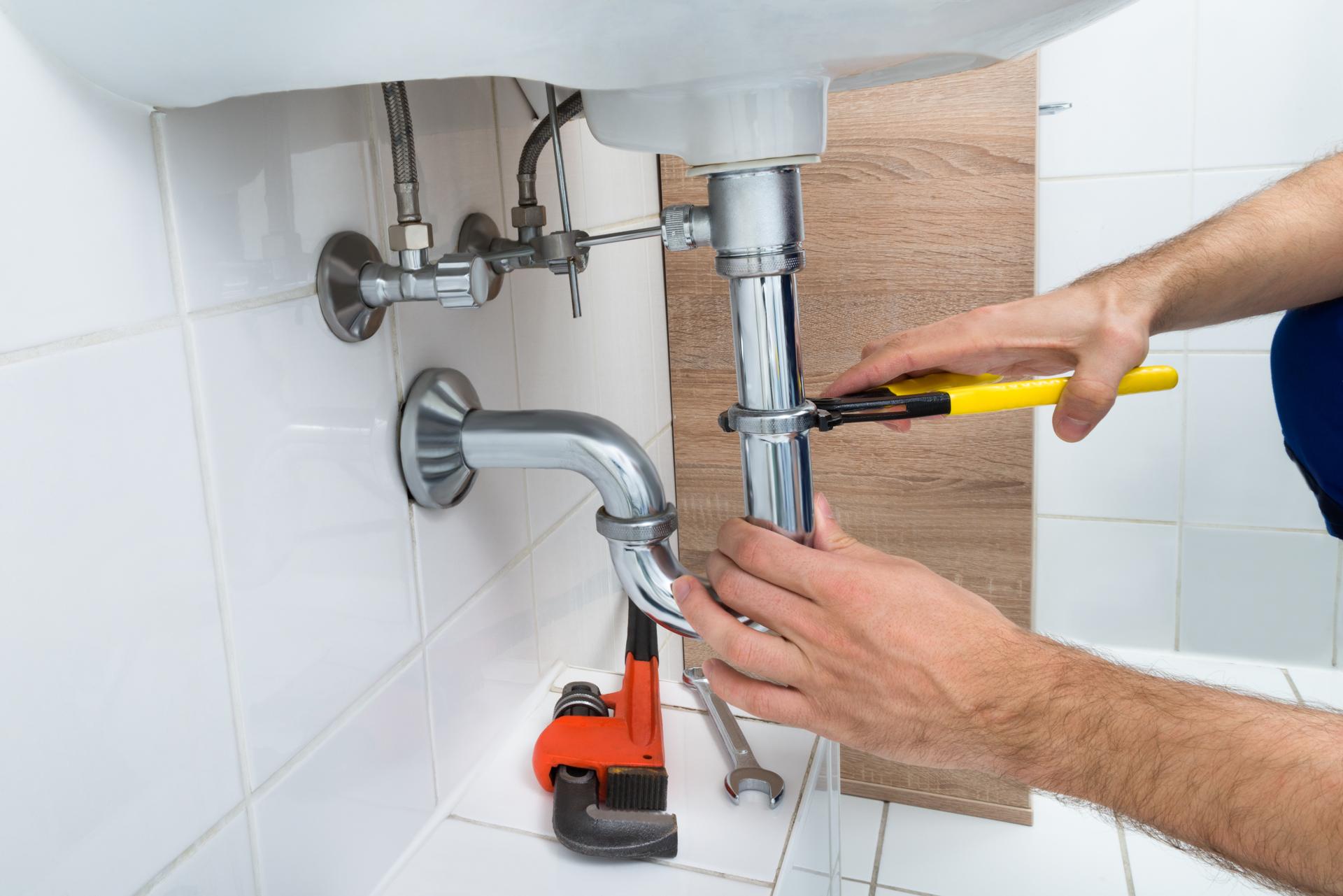Professional Tips for Replacing Your Plumbing and What to Expect

Plumbing is an integral part of any home, providing us with clean water for cooking, drinking and cleaning, as well for the disposal of wastewater. However, like any other appliance in your home, plumbing will eventually get old and need to be replaced.
Being aware of when it’s time change your plumbing system is essential to avoid costly repairs and avoid potential health risks. In this article, we’ll go over the signs that suggest your plumbing needs to be replaced, what you should consider prior to replacing your plumbing the procedure for replacing your plumbing, the benefits in replacing the plumbing and a FAQ section to address any concerns you might have.
Signs that it’s Time to Replace Your Plumbing
There are many indicators that suggest the plumbing in your home needs to be repaired, such as leaks If you see the presence of water stains or puddles on your home, it’s likely to be a sign of a plumbing leak. Leaks can cause severe structural damage to your home and may lead to mold growth, so it’s essential to address them promptly. Rusty pipes: Rusty pipes are a clear indication that your plumbing is in need of be repaired or replaced. Rust can contaminate the water you drink which makes it unfit to consume or cook with. In the event of low water pressure, if your faucets and showerheads produce low flow of water, it’s a sign of low pressure in the water and could be due to blocked pipes or corroded pipes. Water discoloration: Water that is discolored, such as yellow or brown, is an indication of sediment or rust buildup within your pipes. It can alter the taste and quality of your water. It may also be a sign of the need for a the replacement of your plumbing.
Factors to Consider Before Replacing Plumbing
When replacing your plumbing, there are several aspects to take into consideration, such as the age of your plumbing system: Plumbing systems have a lifespan of around 50 years, so if your home is older than that, it’s probably that it’s time to replace. Cost of replacement: Replacing your plumbing can be costly, which is why it is important to plan for this expense. Severity of plumbing problems: If your plumbing issues are severe and affecting multiple parts of your house replacing it could be the best choice.
What can you expect during the Plumbing Replacement Process
The replacement of plumbing requires several steps, including: Shutting off your water source: Your plumber will have to shut off the water supply to your home to prevent any leaks or water damage. Removing old pipes: Old pipes will need to be removed. This might require cutting through walls or floors. Installation of new pipes New pipes are installed, and may require rerouting to ensure the proper water flow. The timeline for the plumbing replacement process will be based on the size of your house as well as the complexity of the task. The homeowners can anticipate some disruption during the project, which could include water shut-offs and potential destruction to floors and walls.
Benefits of Replacing Plumbing
The replacement of your plumbing has many benefits, including increased water efficiency: New plumbing pipes and fixtures have higher efficiency, which means reducing the use of water and your energy bills. Improved water quality by replacing the old pipes that are corroded with new ones will enhance the quality and quality of water, making it safer for drinking and cooking. Reduced risk of future plumbing problems: New plumbing will be less likely to create blockages or leaks, thus reducing the need for expensive repairs in the near future.
Conclusion
The replacement of your plumbing is an expensive investment, but it’s essential to ensure your home’s safety and security. When you are aware of the signs that tell you your plumbing is in need replacing, taking into consideration the reasons for replacement, and knowing what to expect from the replacement process, you’ll be able to make an informed decision regarding the plumbing of your home. Be aware that replacing your plumbing can provide a variety of advantages, such as increased efficiency of water, better water quality, and reduced the chance of having plumbing problems in the future.
FAQ Section
How much will it cost to replace the plumbing?
The cost to replace your plumbing will depend on many factors, such as how big your home, the complexity of the project, and the materials used. On average, homeowners can expect to shell out between $5,000 and $10,000 for a complete plumbing replacement.
How long will it take to replace plumbing?
The length of time needed for plumbing repair will depend upon the dimensions of your home and the difficulty of the task. In general, a complete plumbing repair can take anywhere from two to four weeks.
Should I replace my plumbing system if there is an issue with my plumbing?
If you have a single leak in your plumbing, it may not be a need for a complete replacement. If you’re experiencing multiple leaks , or observe other indications of plumbing issues, a replacement may be the best option.
Can I repair my plumbing on my own?
The replacement of your plumbing is a complex job that should be left to a professional plumber. Doing it by yourself can lead to costly errors and could pose dangers to your safety.
What kind of pipe should I use to replace my plumbing?
There are several types of pipes that are suitable for plumbing replacement, including copper PVC, and PEX. Your plumber can suggest the most appropriate type of pipes for your specific needs and budget. The conclusion is that replacing your plumbing is a crucial decision that should be made by taking careful consideration. If you are aware of the indicators that suggest your plumbing requires replacement, considering the factors before replacing and knowing what to expect during the replacement process, you can make an informed decision about the plumbing of your home. A professional plumber can assist you in the procedure and ensure a successful and efficient plumbing replacement.
